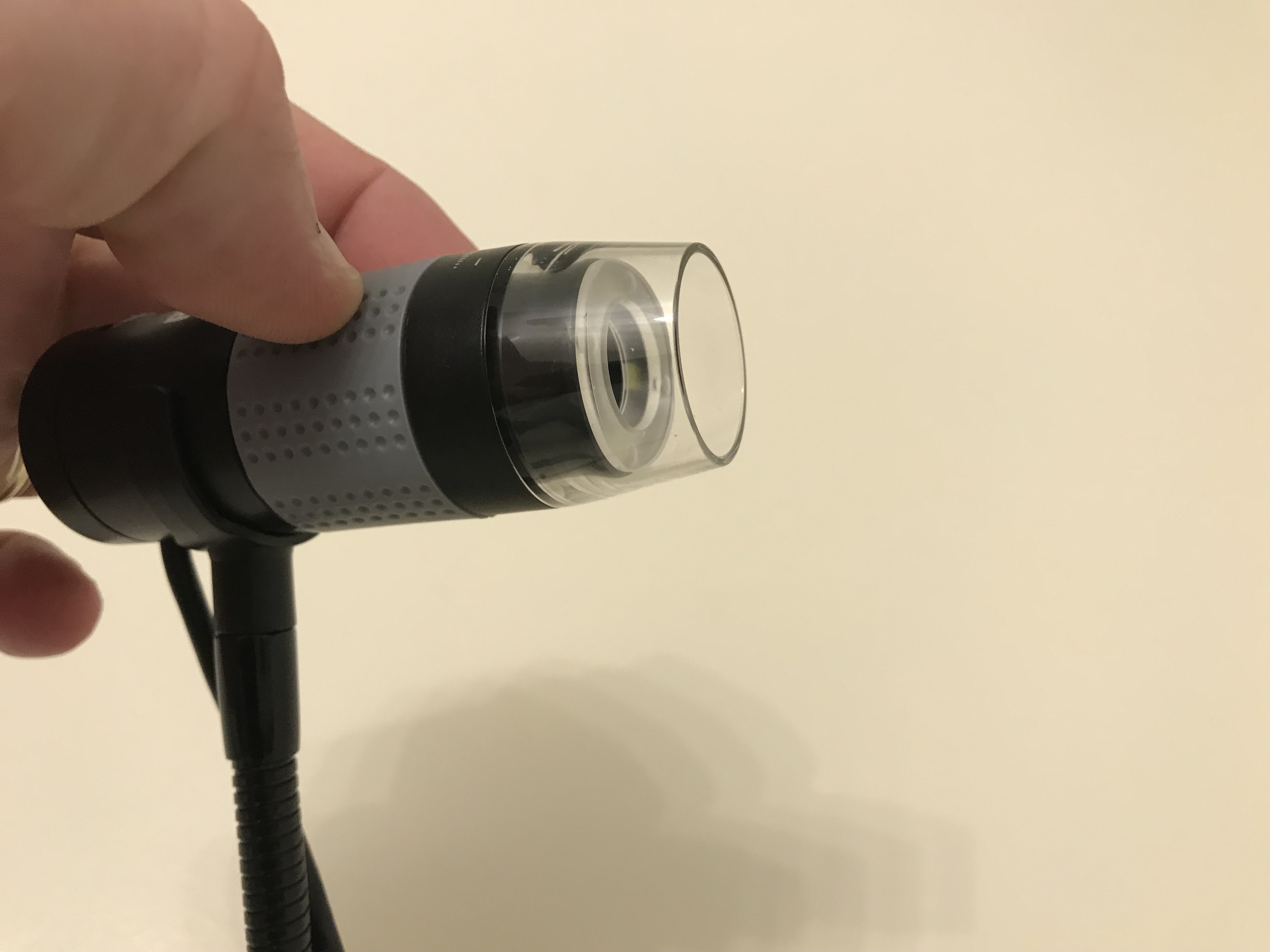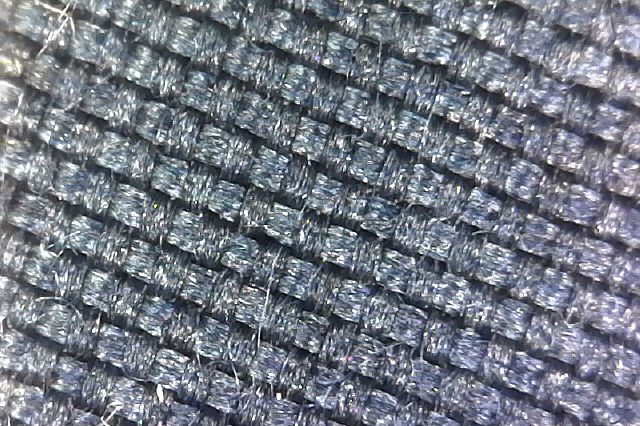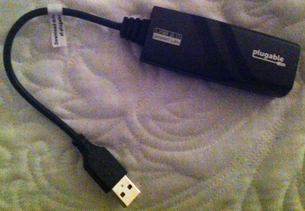Our X1 DVR simply can’t handle any heat buildup. This is probably largely due to the fact that it lacks any fans and several comments on the Internet seem to indicate that the device is underpowered and thus works harder to handle high-quality audio and video (and as a result it generates more heat). I’m undecided on whether or not the box needs to be replaced. The features are fine and when it isn’t having issues it works very well.
Lately I’ve started to experience the same symptoms of the box overheating even though it’s still outside of the entertainment cabinet and the air conditioner is usually on. This may have something to do with using a different TV, which is directly above a small part of the DVR’s case and perhaps restricting airflow in that area.
Last weekend I attempted to use a very inexpensive USB fan to cool the box. It was very basic; little more than a USB plug and a fan motor. It did actually work but it was on a flexible arm, which generated a lot of vibration and thus a lot of noise. Even though it only cost about $5 it simply wasn’t going to work. I also suspect the fan wasn’t intended for continuous use as I noticed the motor was warm when I removed. I dropped it into a box of unused devices and decided to look for something specifically made for this purpose.
That’s when I found the AC Infinity MULTIFAN S5 on Amazon.com, which appeared to be a much better device for cooling the DVR (and indeed, it is). It features two fans that work from a single USB connection. In addition, more fans can be chained together though I don’t have a need for this capability. They truly are very quiet. The fans have a single switch that can be used to turn them off or to a low, middle and high speed. The highest speed isn’t very loud and the set is much, much quieter than the first fan that I had tried.
At $16 it looks like a good deal and even if I replace the DVR with something better, down the road, I can still reuse the fans with other devices. So far I’m extremely pleased with this purchase.
Updated 2018/08/08: These fans have given me the ability to place the Comcast DVR inside a the entertainment center. One fan is sitting directly on the cabinet vents, behind the shelf where the DVR is located, and the other is sitting directly on the DVR itself. So far, the DVR appears to be staying cool. I may order another set for my Xbox One as it generates a lot of heat when it is powered on.














